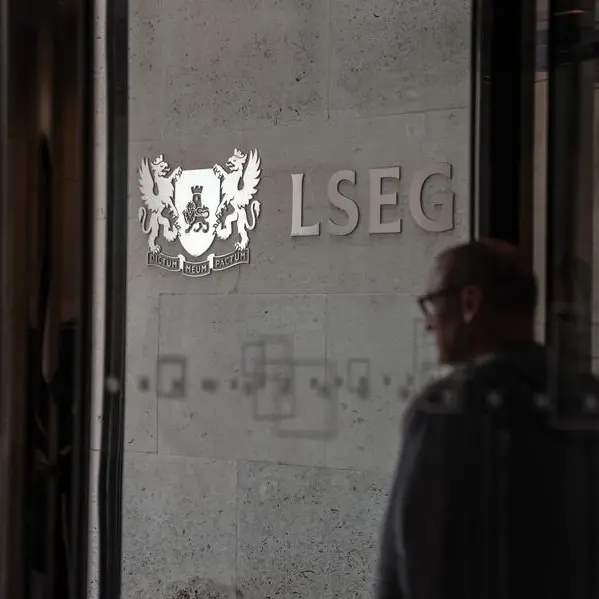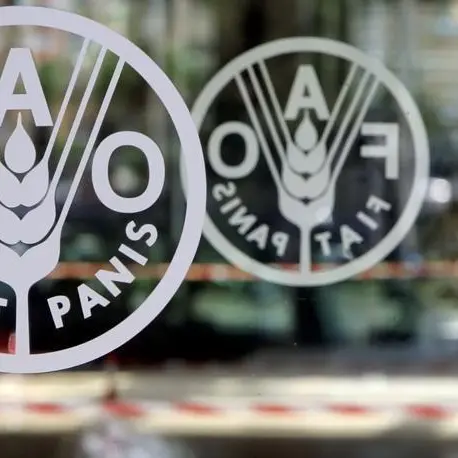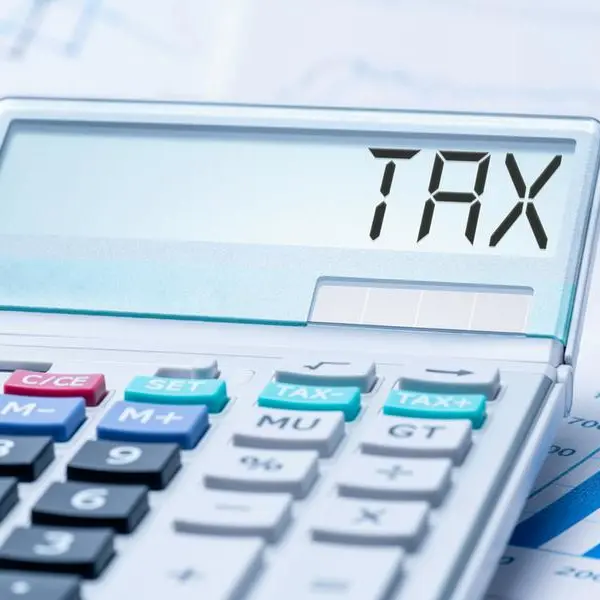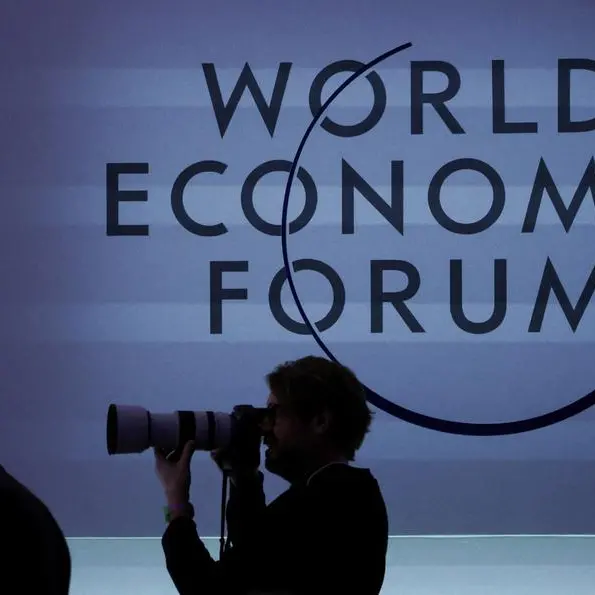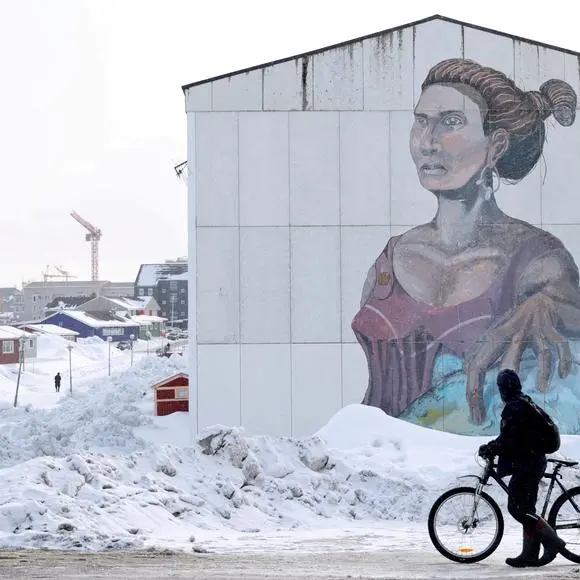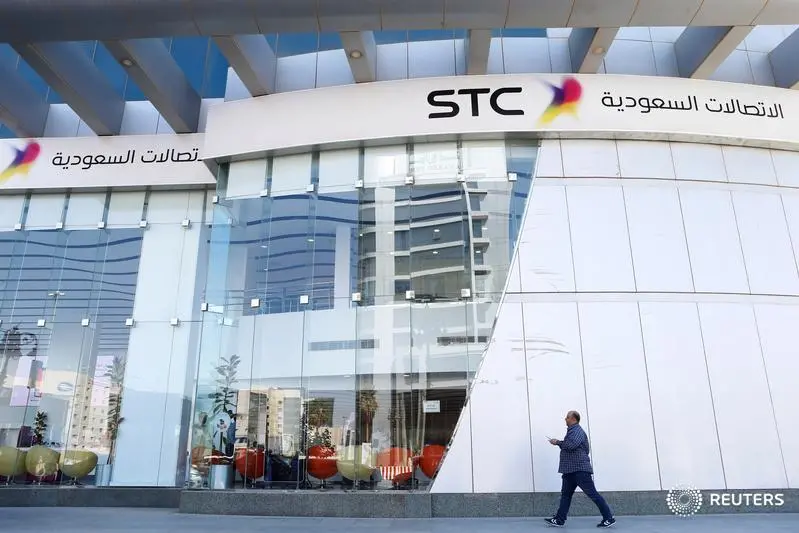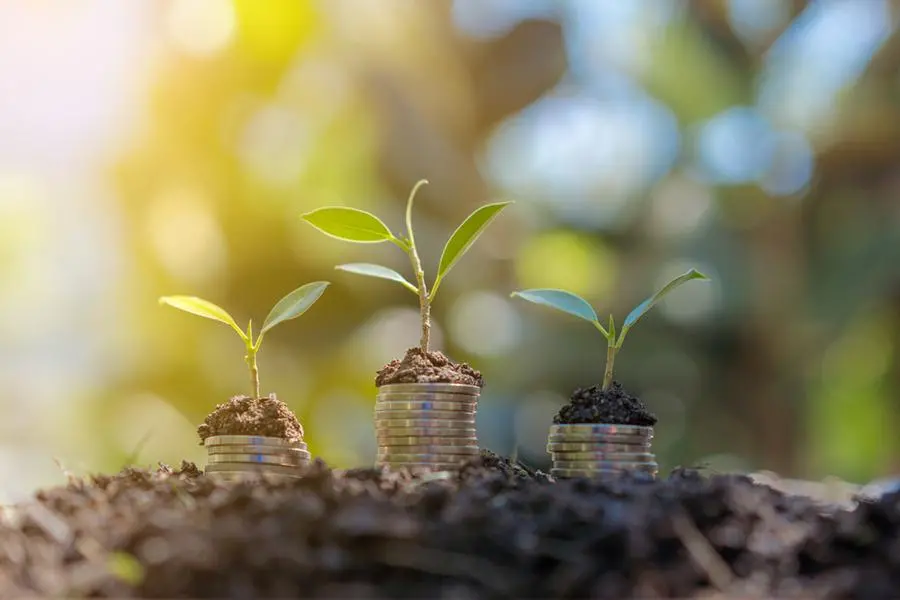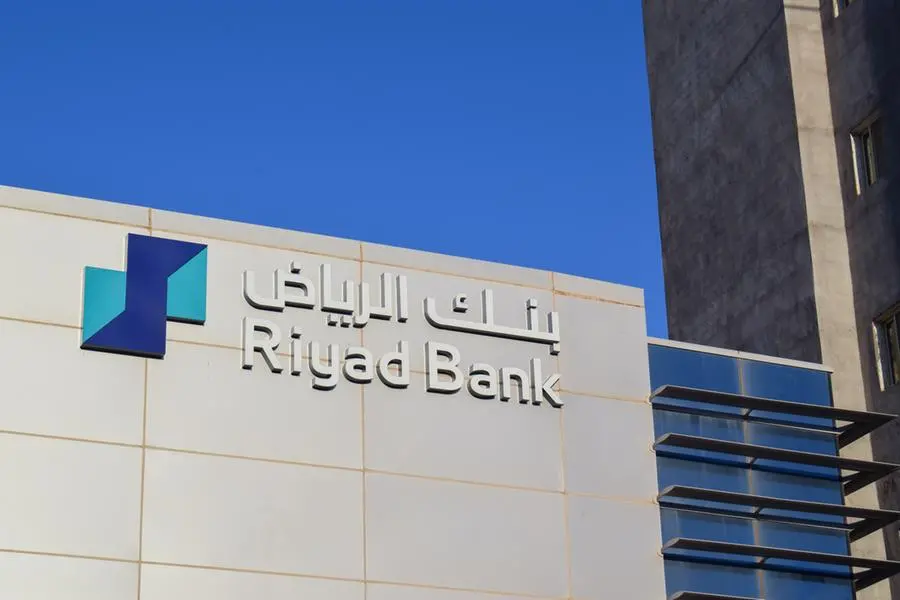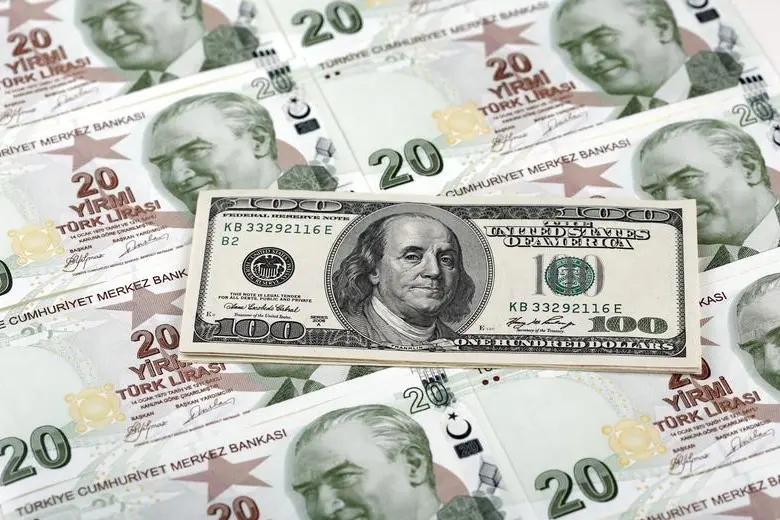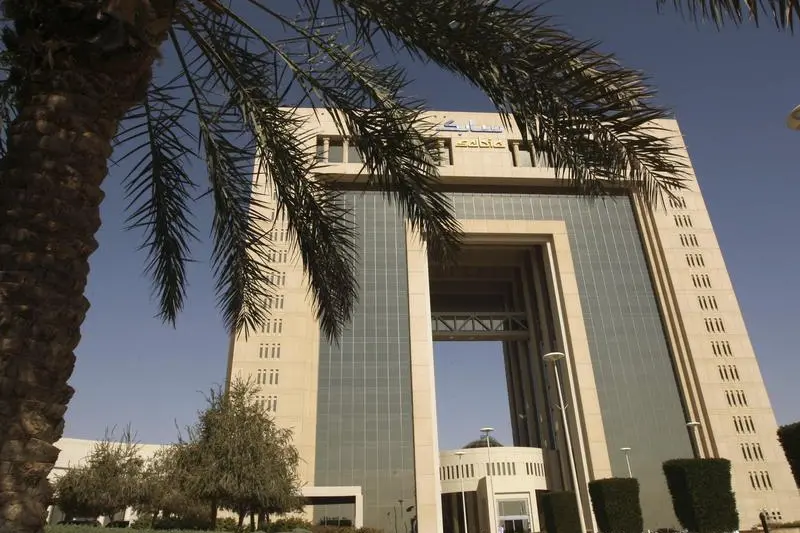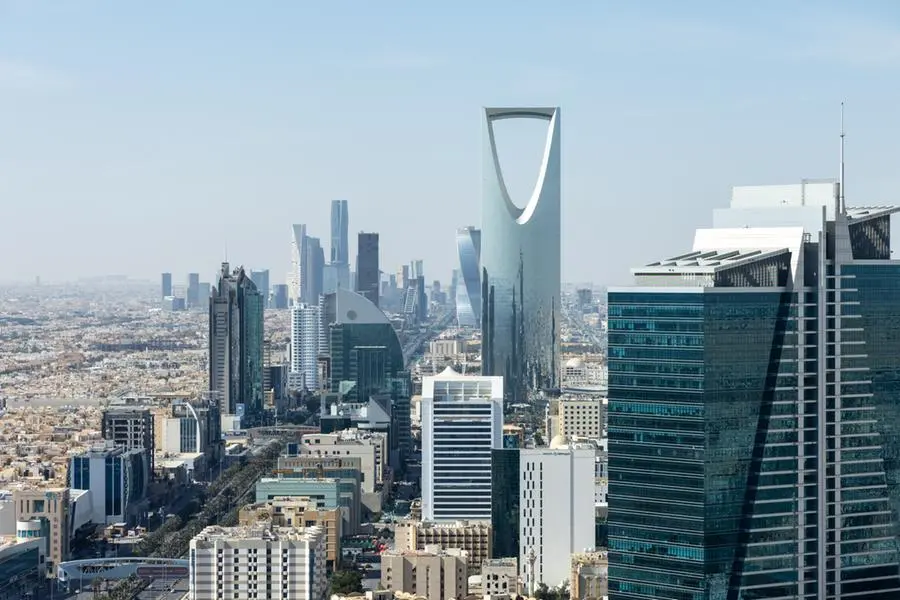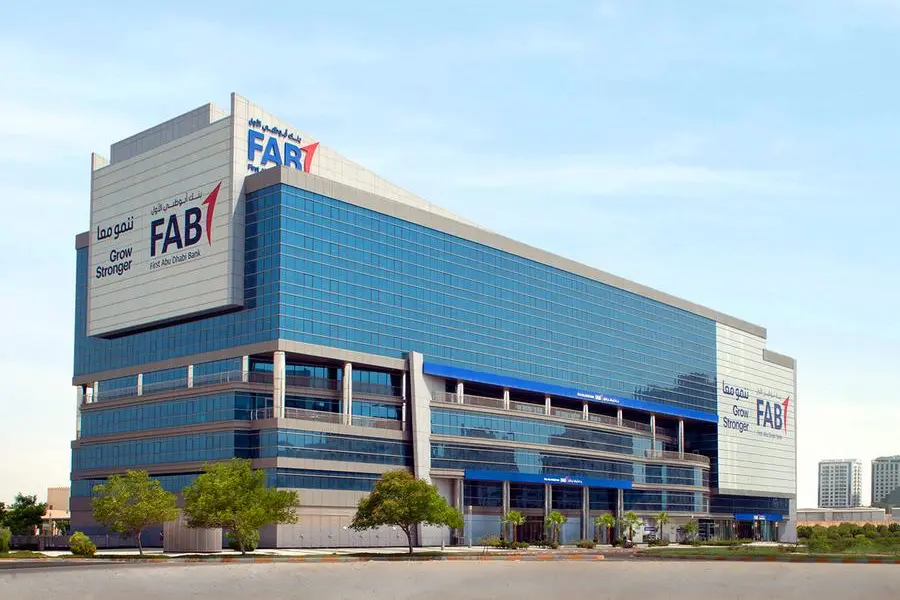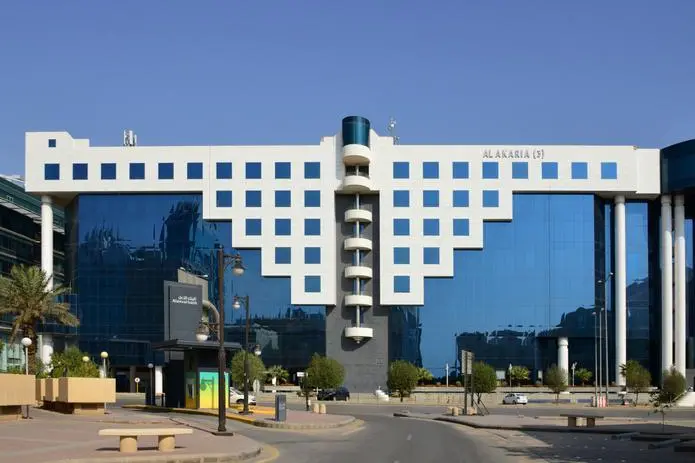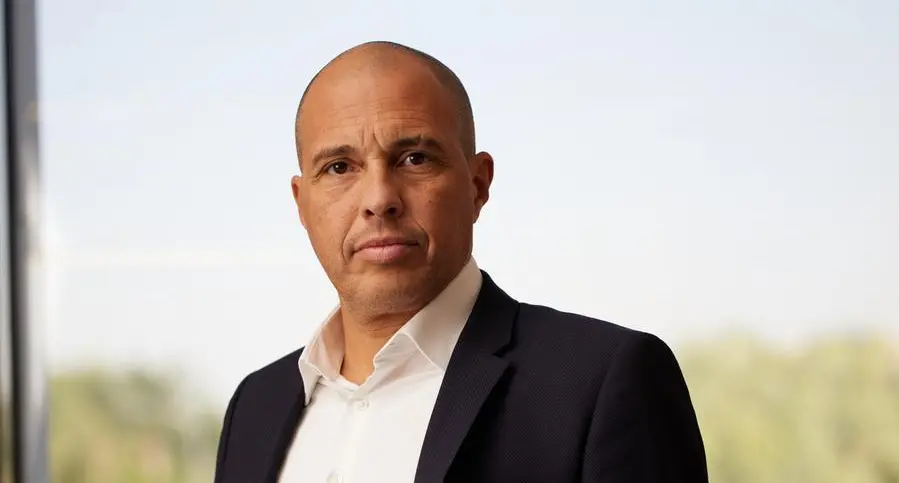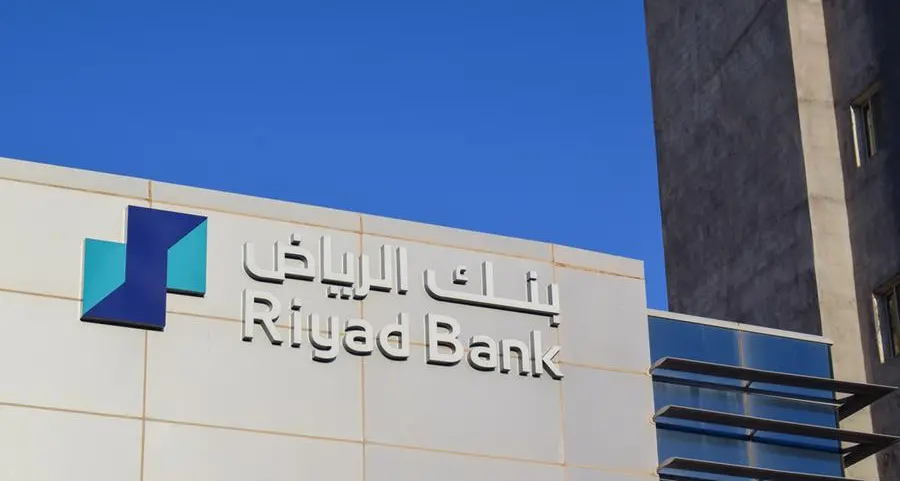PHOTO
It has been said that op- portunity and risk come in pairs, with development challenges spurring entre-preneurs and investors to find income-generating solutions to crises. But today, in our anthropogenic world, where people are increasingly feeling the effects of climate change, the correlation between risk and reward is becoming much more tangible.
Consider, too, that many investors (both sovereigns and corporates) positioned to capitalise on opportunities in combatting climate risk are the same ones that contrib- uted the most to the climate crisis, polluting their way to prosperity.
Indeed, by turning climate finance provision for develop- ing countries into a business opportunity, the parties most to blame for the climate catas- trophe are (again) reaping the profits. That is the disheart- ening truth of the matter; ef- forts to tackle the escalating climate crisis in fact, exac- erbating long-running mac- roeconomic management and debt sustainability challenges in the Global South, especially in Africa.
Emerging and develop-ing market economies in the Global South have been pushed into a nefarious debt trap; tak- ing on financing to combat the effects of climate change at prohibitively high interest rates, which sharply increase debt servicing costs, will see more of these nations fall into debt distress.
More must be done at the global level to promote the principles of ‘climate justice’ enshrined almost a decade ago in the 2015 Paris Agree- ment, and equalise access to affordable long-term climate financing.
In the absence of such re- forms, the additional costs associated with combating climate change will further exacerbate the debt-climate trade-off and undermine the transition toward a carbon- neutral economy in the Global South.
Nearly 60% of the develop- ing economies most vulnerable to climate change are also at considerable risk of fiscal cri- sis. This growing and daunt- ing intersection of climate and debt crisis includes several Af- rican countries, some of which have already defaulted on their external debt.
A recent analysis of UN and OECD climate finance data has found that programmes funded by advanced econo- mies – those that, historically, are most responsible for the world’s high levels of pollu- tion, accounting for more than three-quarters of cumulative greenhouse gas emissions – are funnelling billions of dol- lars back to these rich coun- tries.
More than two-thirds of climate financing extended by these wealthy, industrialised countries to middle-income countries between 2015-20 – the most recent year for which data are available – was loaned at market rates to secure high returns, despite the latter al- ready contending with shrink- ing fiscal space as a result of default-driven borrowing rates which dramatically inflate their debt-servicing costs.
In that five-year period, France – which disbursed 90% of its bilateral climate financing support to develop- ing countries via loans, while grants comprised only 4.9% of its climate finance contribu- tions – received some of the highest returns. As did Japan, which disbursed 79% of its climate-financing support via loans, against just 6% through grants. Taken together, the top-four climate finance con- tributors (France, Japan, Ger- many, and the United States) have extended more than 70% of their climate-financing support to developing coun- tries in the form of loans at market-rate interest.
Growth-crushing conditionalities
The analysis also highlighted how the growth-crushing, fiscally-constraining features of the current model of cli- mate finance provision have long undermined sustain- able development in recipient countries and could undercut their transition toward carbon neutrality. This is particularly the case across Africa, where several capital-scarce nations have become net creditors to the rest of the world.
The stringent, conditional nature of the climate financ- ing extended by wealthy coun- tries in the Global North ap- plies to loans at market rates as well as to grants. In both cases, recipient countries are required to hire or purchase materials from companies in the lending countries and rely primarily on consultants and contractors from these coun- tries. This further increases the cost of loans and the scale of financial leakages from re- cipient countries in the Global South to donor countries in the Global North.
For instance, US entities received at least 80% of the US conditional climate grants, or around $2.4bn. Similarly, the 2022 annual report of the Agence Française de Dével- oppement – France’s devel- opment agency – stated that more than 71% of all projects it funded that year involved “at least one French economic actor”, and generated €2bn in “economic benefits” for these parties.
Aid that is tied to the ex- ports of a particular country is more expensive and tends to drain the scarce foreign re- serves of recipient countries. It is generally agreed that re-cipient countries will incur ad- ditional costs of up to 30% if aid is tied.
For low-income countries which are more exposed to the ‘original sin’, exchange risks could further increase the fis- cal incidence of these addi- tional costs.
For these reasons, the OECD had recommended moving away from tied aid to allow recipient countries to draw on international competitive bid- ding to defray the costs.
The current model of cli- mate finance provision perpet- uates the income gap between developed and developing economies. The playbook has become entrenched: instead of building capacity for sus- tainable development and pri- oritising technology transfer to enhance resilience, aid has been designed to advance the geopolitical and economic in- terests of donor countries.
Bane of economic development
The combination of tied aid and default-driven borrow- ing rates pushes recipient countries into a debt trap that sustains their unhealthy com- modity dependence.
Across Africa, which re- mains the most commod- ity-dependent region of the world – with a median value of commodity exports of 90% of all merchandise exports – that model has been the bane of economic development for decades, exacerbating exter- nal and internal imbalances at the root of recurrent balance of payment crises.
That asymmetric relation- ship greatly benefits donor countries and foreign inves- tors. Moreover, it clearly defies the lessons that the interna- tional community has learned from decades of development assistance. One study pub- lished by the IMF has shown that tied aid has been used to alleviate the balance of pay- ments pressure of aid transfer and expand employment op- portunities in donor countries, especially in export-heavy industries, at the expense of low-income recipient coun- tries.
Over the last several dec-ades, aid with stringent hir- ing conditions has stifled the growth of local companies. In today’s climate change era, conditional funding will un- dermine prospects for technol- ogy transfer, which is critical for nurturing green industries and local expertise, fostering recipient countries’ transition toward carbon neutrality, and bolstering sustainable devel- opment.
Without reforms to the in- ternational financial system that equalise access to afford- able, patient capital and move away from tied aid, the tran- sition toward a globally-syn- chronised, net-zero transition and progress toward the SDGs will remain elusive.
High returns on climate in- vestments in the Global South incentivise investors to chan- nel more resources to emerg-ing economies – but climate finance shouldn’t be allowed to trigger new instances of debt distress.
The financing model, as currently constituted, clearly perpetuates the flow of scarce resources from the Global South to the Global North, exacerbating the short-term challenges of mitigating the debt-climate trade-off in the former and undermining con- vergence between the two par- ties in the medium and long term.
Fortunately, the principles of ‘climate justice’ and ‘eq- uity and common but differ- entiated responsibilities and capabilities’ between nations enshrined in the Paris Agree- ment provide a framework to grapple with climate change without widening the global prosperity gap or heightening the risk of debt crisis in the Global South. Until these prin- ciples are applied to the global distribution of capital, the cur- rent model of climate finance provision will continue to be seen as one that is designed – to paraphrase Andres Mogro (the former climate negotiator for the G77 bloc of develop- ing countries and China) – by arsonists who ‘set a building on fire and then sell the fire extinguishers outside’.
The path we are presently treading will only exacerbate the debt-climate trade-off and undermine progress towards the SDGs in the most vulner- able countries, creating a rift between the Global South and the Global North. It is a risk factor that we cannot afford to ignore any further. If we do, there’ll soon be far too few fire extinguishers to save us. n
Hippolyte Fofack, a former chief economist at the African Export-Import Bank, is a fellow with the Sustainable Develop- ment Solutions Network at Co- lumbia University, a research as- sociate at Harvard University, a distinguished fellow at the Global Federation of Competitiveness Councils, and a fellow at the Af- rican Academy of Sciences.
© Copyright IC Publications 2022 Provided by SyndiGate Media Inc. (Syndigate.info).

